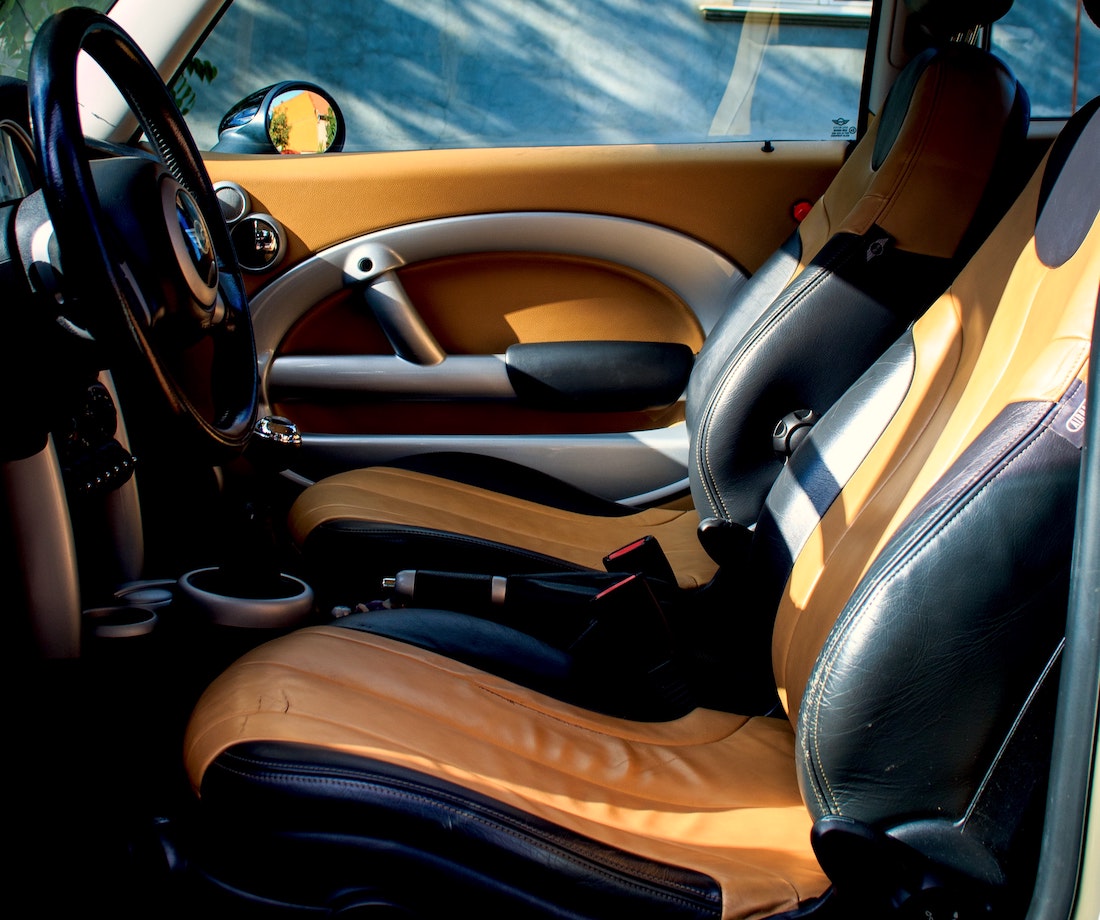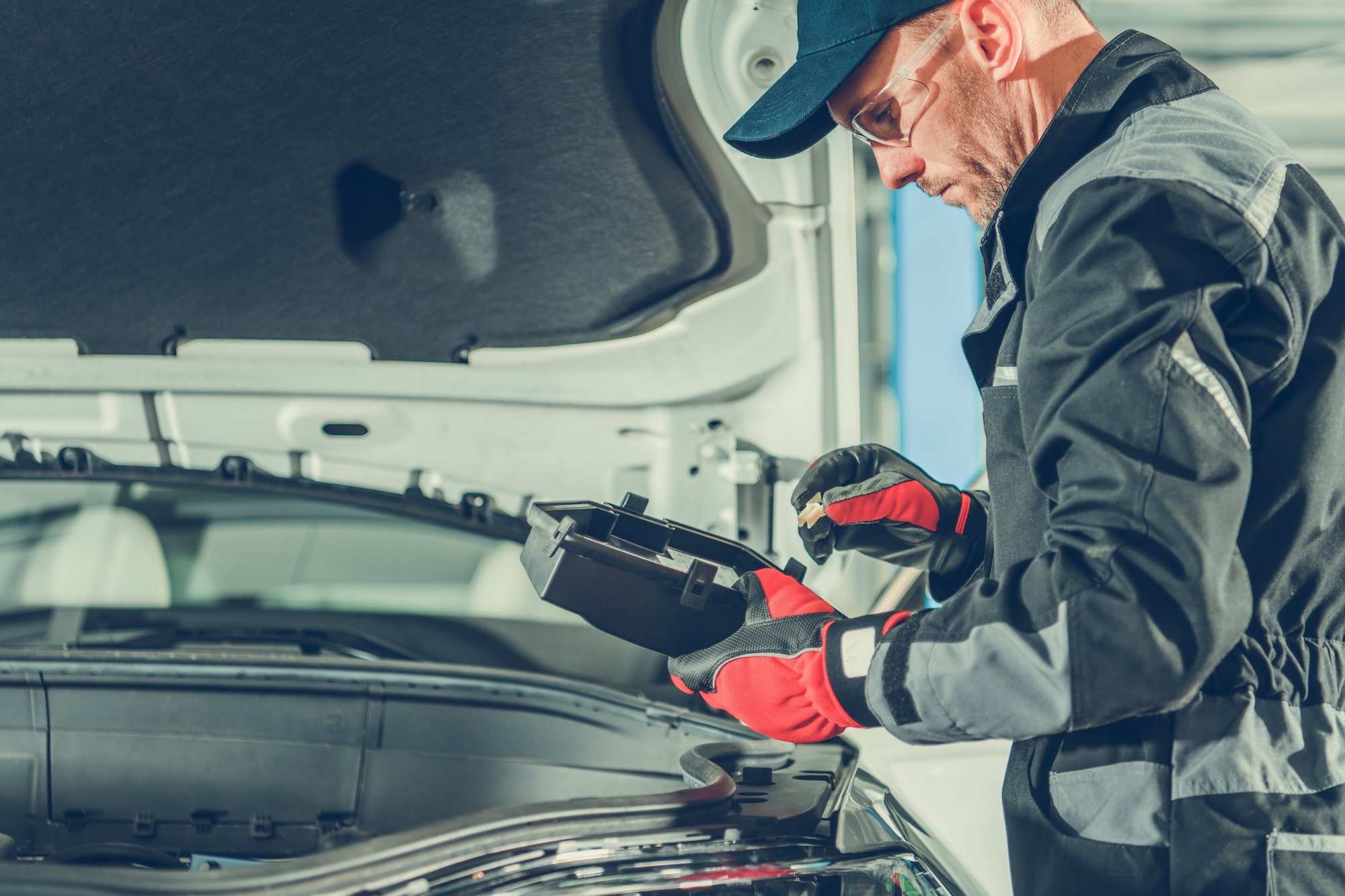Being comfortable while traveling in your car is key to enjoying the commute. For some drivers, this means installing covers with an extra cushion to fight back pain and reduce driving fatigue. For others, it might mean protecting car seats from a child’s wear and tear or accidental spills. It could also mean altering a car’s interior design to enhance the overall vibe or hide imperfections.
But not every modification is safe for a vehicle. Some changes can even interfere with safety features or invalidate a car’s warranty. So before installing something like seat covers over heated seats, it’s important to understand if you could cause more harm than good.
What Does Your Owner’s Manual Say?
Before you make any alterations to your car, whether inside or out, reviewing your owner’s manual should always be your starting point. Auto manufacturers include this guide to help keep you safe and your car working correctly by providing critical information regarding instructions, recommendations, and warnings. They also state what to avoid, so you don’t accidentally nullify any existing warranty coverage you may have. If you aren’t sure where to find your owner’s manual, check for a digital copy online, including your auto manufacturer’s website.
Once you have a copy, review the information concerning your car’s safety features, specifically the airbags. Since various seat covers obstruct a car’s side airbags, you will want to check your manual to verify installation locations. Using a product not intended for your vehicle’s model can prevent airbag deployment, primarily if the manufacturer built airbags into your seats’ sides. Therefore, buying seat covers specifically for your car’s make and model is critical to keeping you safe in a car accident.
What Is the Right Car Seat Cover for Your Car?
The next step in selecting the best seat cover for your automobile is figuring out your car’s make and model specifications. With this information, you can search for compatible covers that fit snuggly and do not interfere with any safety features like seatbelts or airbags. If you aren’t sure which products are compatible with your vehicle, a simple online search can help. You can also contact your ASE Certified mechanic or an automotive upholstery shop for further insight and recommendations.
Remember, some fabrics are more durable and easier to clean than others. Also, prices can range from under $100 to close to $500, depending on your size, brand, and material — i.e., vinyl, nylon, polyester, leather, etc. So choosing one that best suits your needs and budget will be part of your decision-making process.
But what if you’re fortunate enough to enjoy the luxury of heated seats? Can you still safely cover those too?
Can You Put Seat Covers on Heated Seats?
The simplified answer is: maybe. Some automakers advise against using any car seat covers on heated seats. Others advocate using breathable and fire-resistant materials only. But why is this important?
Well, heated seats function like electric blankets. When you turn on the controls, you trigger the warming mechanism inside to spread warmth to various body areas, including your back, legs, and posterior. And like a warming blanket, you can’t cover a heated seat with material that isn’t breathable. If you do, you can create a fire hazard or damage the warming mechanism by causing it to overheat. Only place breathable fabrics like neoprene, spacer mesh, and Polycotton-drill over heated seats to prevent overheating. The same applies to leather-covered heated seats. The product must be specific to your vehicle’s model and have breathable fabric.
Again, the best way to determine what your manufacturer recommends is to read your owner’s manual first. If adding seat covers does not go against your manufacturer’s recommendations, choose products that are:
- Specific to your vehicle
- Airbag and seatbelt safe
- Made with breathable fabric
- Fire-resistant
That said, there is an easy way to meet in the middle and enjoy seat covers while avoiding safety concerns: only use them when the weather is warm, such as during the spring and summer. This way, you don’t have to worry about overheating. Then, when the weather cools and you want to use your car’s seat warmers, take the covers off and store them until spring.
What Other Safety Measures Can You Take?
While changing the inside of your car can help boost driver comfort, there are other actions you can take to further improve your driving experience. One is to invest in a comprehensive vehicle protection plan. With the right policy, you can gain additional peace of mind, knowing your coverage will protect you when your vehicle breaks down while driving. Perks like 24/7 roadside assistance offer stress-free travel, giving you access to services like towing, flat tire changes, battery jumps, and gas or oil delivery.
Not sure where to start? With some research, finding a policy that works for your needs and budget is possible. Check out our extended warranty reviews and buying guide to begin your search today.





